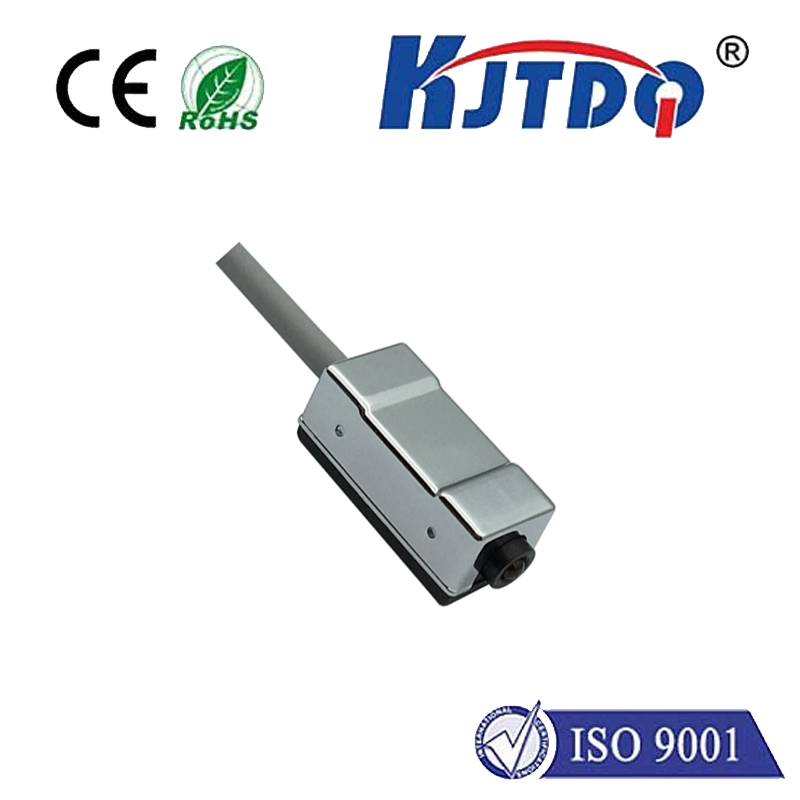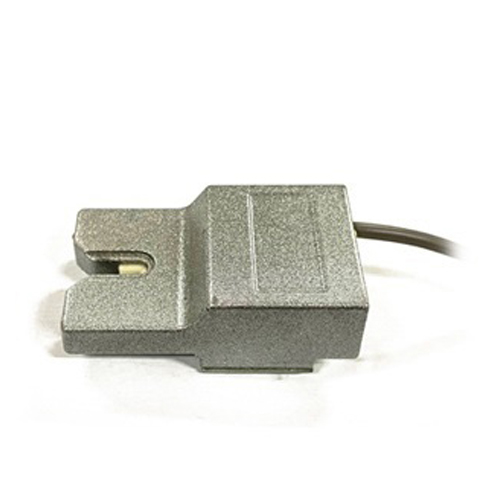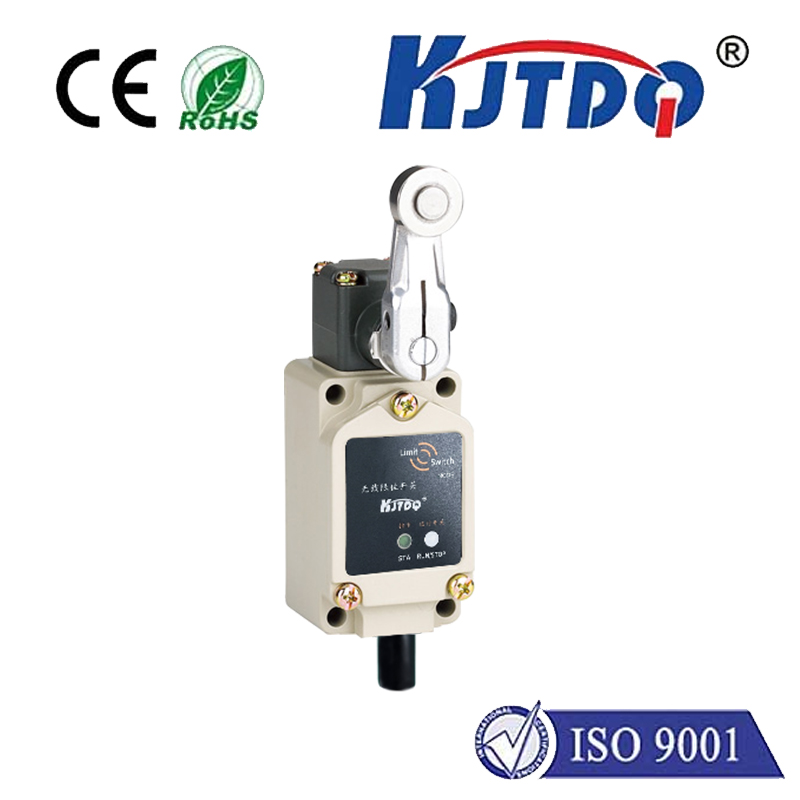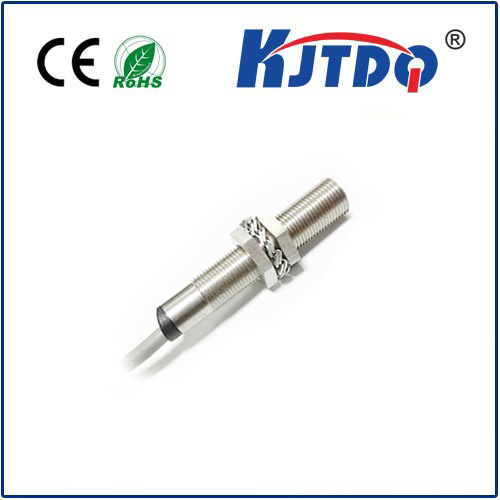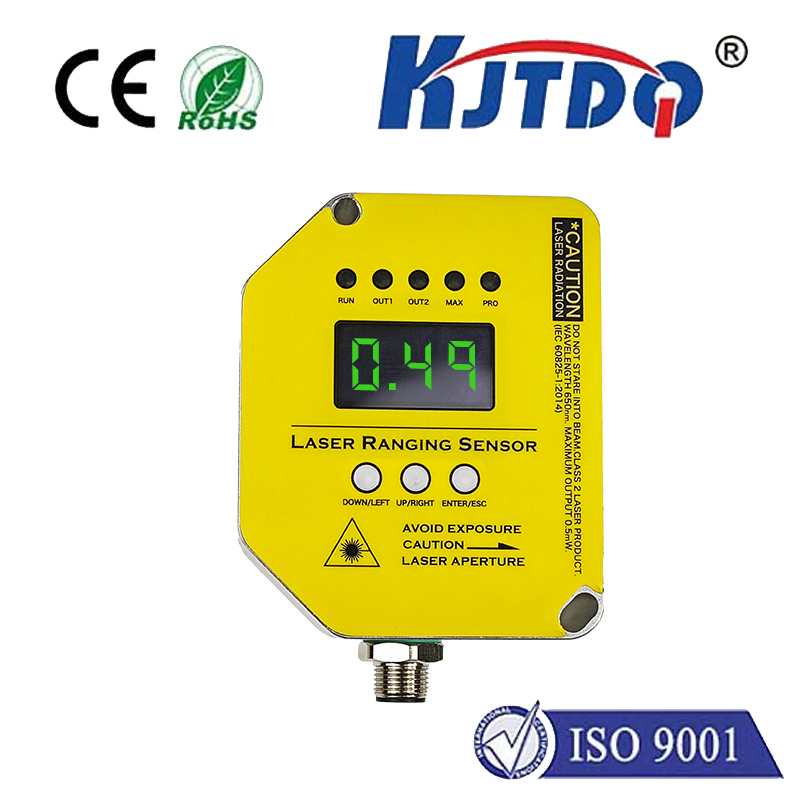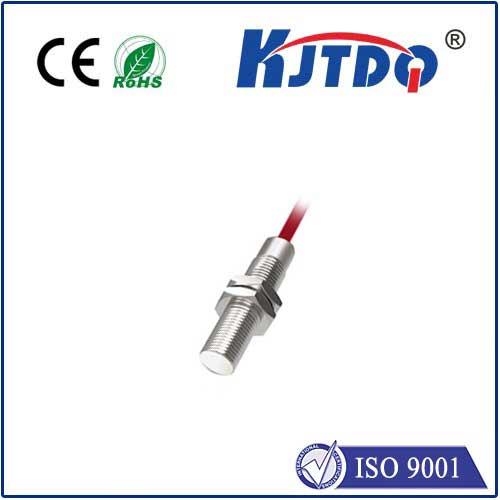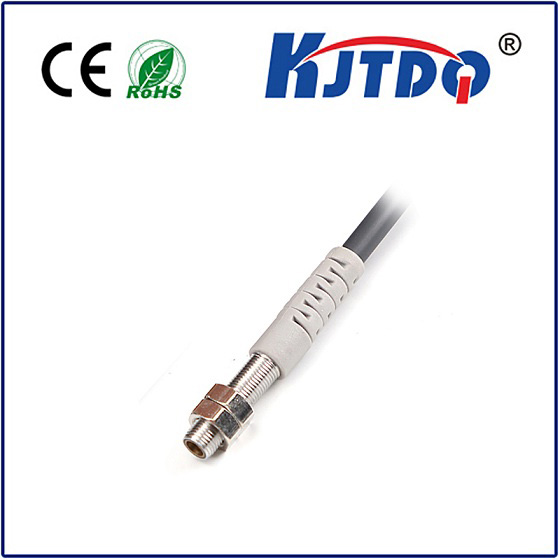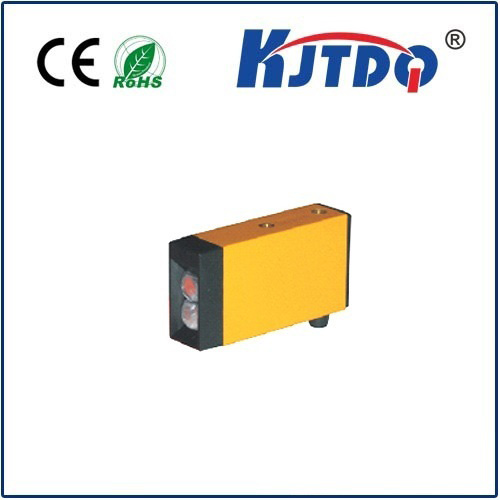In the relentless drive for smarter, faster, and more reliable industrial automation, a humble yet indispensable component silently performs millions of critical detections every day: the индукционный датчик приближения. Often referred to as an inductive prox switch, this non-contact marvel is the electronic sentry guarding production lines, ensuring precise positioning, and safeguarding machinery worldwide. Its ability to detect metallic objects without physical touch revolutionizes how machines interact with their environment, making it a cornerstone technology for engineers seeking robustness and efficiency.
So, how exactly does this unsung hero work? The core principle hinges on electromagnetic induction. Inside the sensor head lies an oscillator coil generating a high-frequency electromagnetic field. Crucially, this field radiates from the sensor’s active face into its sensing range. When a metallic object – the sensor’s target – enters this field, it disrupts the electromagnetic flux.
Here’s where Faraday’s Law comes into play: the changing magnetic field induces small circulating electrical currents, known as eddy currents, within the conductive material of the target. These eddy currents generate their own opposing magnetic field, which interacts with the original field generated by the sensor’s coil. This interaction causes a measurable change in the oscillator’s amplitude or characteristics.

An integrated evaluation circuit continuously monitors this oscillation. When the energy loss (damping) caused by the eddy currents surpasses a preset threshold – indicating the presence of a metallic target within the specified sensing distance – the circuit triggers a state change in the sensor’s output. This output signal, typically a solid-state switch (like an NPN or PNP transistor), changes state (e.g., turns ON or OFF), providing a clear electrical signal to the control system (PLC, robot controller, etc.). The entire process happens near-instantaneously and without any physical wear.
The advantages driving the inductive prox switch dominance in harsh industrial settings are compelling:
Given these strengths, индукционный переключатель приближения applications are incredibly diverse:
Key considerations when selecting an inductive prox include sensing distance (nominal range - Sn), target material and size (steel, stainless steel, aluminum, brass all have different correction factors), required output type (NPN/PNP, NO/NC), operating voltage, environmental rating (IP67, IP69K), and housing style. Understanding the specific application environment is paramount for optimal sensor choice. For instance, sensors rated IP69K are essential for high-pressure washdown areas common in food and beverage processing.
In essence, the индукционный датчик приближения is far more than a simple switch. It is a robust, reliable, and fundamentally enabling technology for modern industrial automation. Its non-contact detection principle, born from electromagnetic induction, delivers unparalleled performance in the face of demanding industrial realities. By offering long life, high speed, and resilience, these sensors significantly reduce downtime and maintenance costs while enhancing precision and safety. As automation continues its relentless evolution, the inductive prox switch remains a vital, trusted component, silently ensuring smooth and efficient operation across countless industries, from automotive manufacturing to packaging lines and beyond. Its enduring presence is a testament to its effectiveness and reliability as the workhorse of non-contact metallic object detection.

